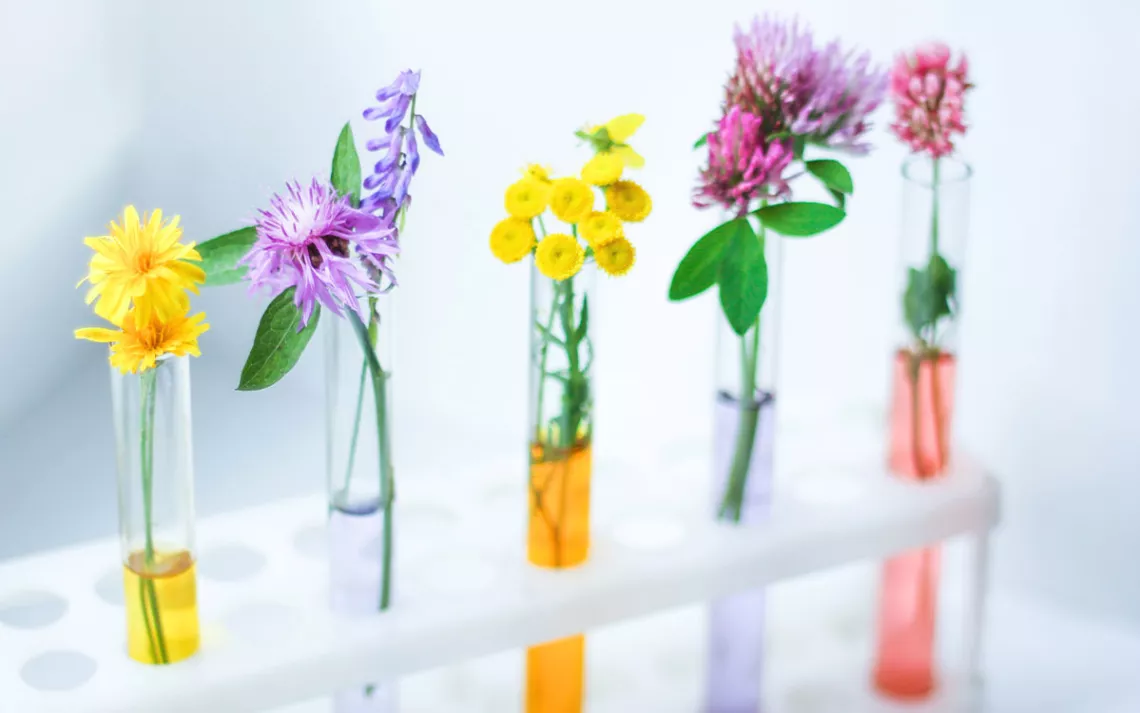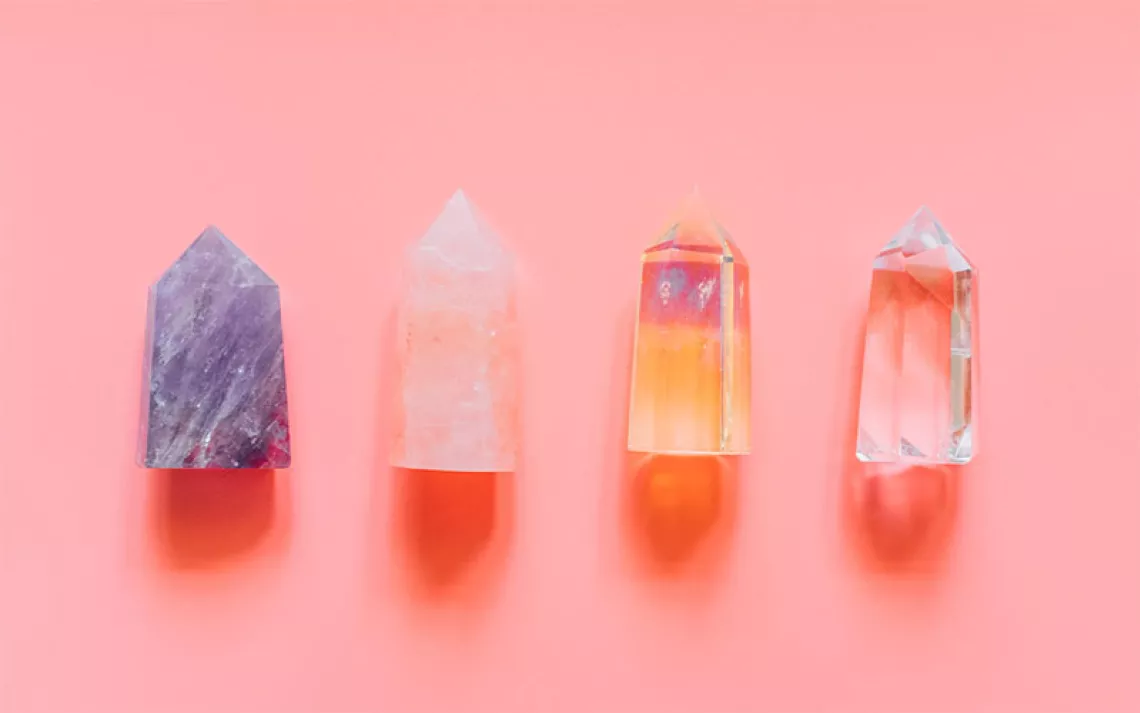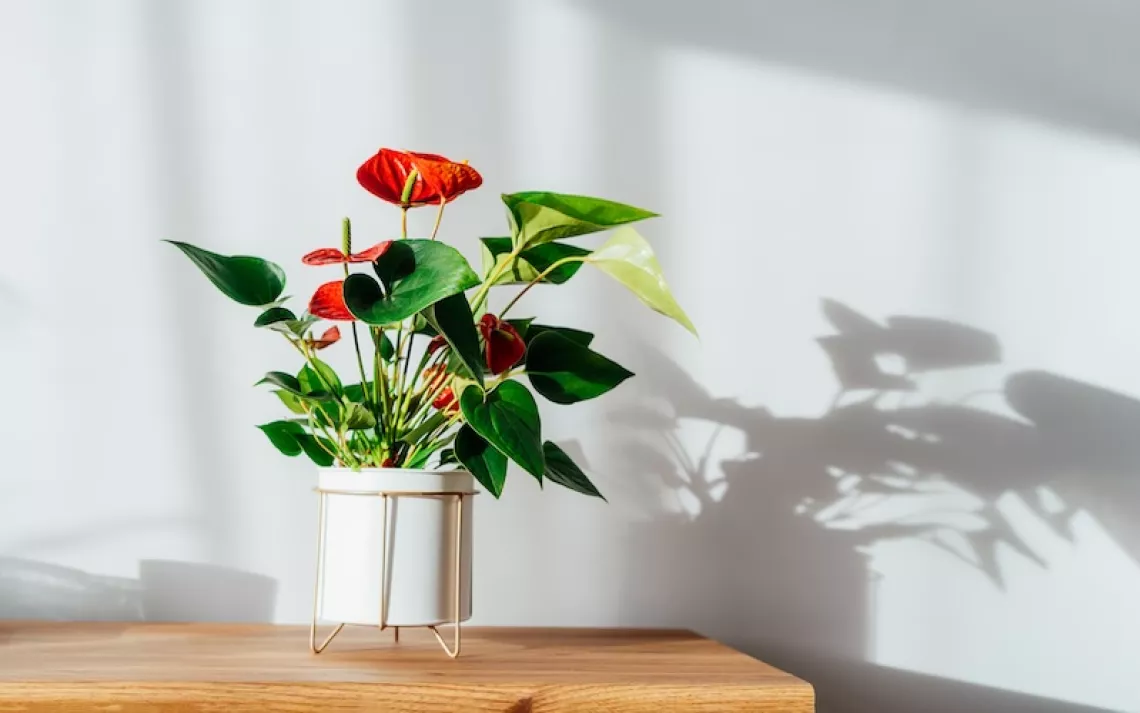The Sweet Smell of Nontoxic, Sustainable Perfumes and Who Is Making Them
Here’s what you need to know about synthetic fragrances and green alternatives

A fresh basil bouquet, seaside citrus groves, an ancient pine forest—just reading those words likely evoked images and olfactory recollections. Perfume has long sought to capture these beautiful life moments, whether they be to express one’s personality or to transport the wearer to a certain time and place. One of the first recorded perfumers, Tappūtī-Bēlet-ekallim, a royal perfumer in ancient Assyria, blended various flowers, oils, and calamus to make her special concoctions.
As the centuries passed, perfume was still heavily used and appreciated in almost every society and was often seen as a status symbol. In the late 1800s though, natural oils, fixatives, and solvents long relied on were abandoned for new synthetic options. These selections artificially re-created popular fragrances at the time, like vanilla and musk, making perfume not only more affordable but giving it a much better scent performance.
Over the years, though, synthetic particles were found to be less than beneficial. Studies have found that common compounds in them, like parabens and hydroperoxides, can stress the immune system and potentially lead to ailments like cancer and hyperestrogenism. Apart from this, they can sometimes cause serious allergic reactions leading to skin rashes, headaches, and sinus irritation.
One’s health isn’t the only thing to be concerned about. Synthetic perfumes can be an environmental nightmare. Many contain petrochemical byproducts, and they often release volatile organic compounds that dissipate into the air and water, further contaminating them. Despite these health and environmental concerns, synthetic perfumes remain at the forefront of the industry.
But there are many who strive to keep the magic of natural perfumes alive. In Rhode Island, natural perfumer Mason Hainey of MIZU notes that nature has always been an inspiration to him, something that he credits to his grandmother he lovingly called Mango. “She was an avid gardener, a lover of nature, and my best friend. She taught me how to see the beauty in the natural world,” he says. Hainey chose to use solely natural ingredients, such as essential oils and botanical extracts, thanks to this passion and respect for Mother Nature.
Hainey has produced mesmerizing scents ranging from the smoky and spicy Palo Santo to the citrusy floral Moonflower. “My work explores these moments of natural wonder, bridged with traditional wisdom and modern aromatherapy teachings, to create a fragrance that is therapeutic, nostalgic, and inspiring.”
In Colorado, Whitney Swales of Wit & West Perfumes also works tirelessly to concoct dazzling scents with pure botanical extracts. She spent over two years studying the intricacies of natural perfumes both on her own and under many renowned natural perfumers. “Natural ingredients are nuanced, complex, and bring a depth and richness to perfumery that requires patience and flexibility,” she says, regarding her decision to focus on them. Her shop is filled with a plethora of distinctive selections, like Brumaire Woods, Fleur du Riad, and Miki Mochi.
As Swales explains, perfumery is the language of scent, so devising the right combination is much more detailed and challenging than it might seem. Will it try to capture an emotion or perhaps a specific destination? The designer will then move on to its descriptors, like the mood and feeling the blend should encompass. To assist with this, a fragrance family or perfume style will often be referenced, like fresh (which includes citrus notes) to fougère (those that encompass cool and herbaceous ones). Perfumers will also adhere to a fragrance-building structure based on a material’s volatility. As Hainey says, “I like to think of this as painting with invisible colors. Finding the right balance between all of these can take many months and countless trials.”
For natural perfumers who eschew synthetic ingredients, the quality and fragrance of the ingredients can be decided solely by seasonal farming conditions. “There can be variation in the quality and/or cost of natural ingredients, which means a natural perfume may not be the same from batch to batch,” Swales says. “Just like different vintages of wine, natural perfumery can have different vintages based on batch or year.”
Relying on natural ingredients might be one good aspect of environmental stewardship, but these artisans also make sure to respect the earth by sourcing them through sustainable and ethical means. “Natural ingredients, while beautifully layered and complex, can raise sourcing concerns from an ethical and sustainability standpoint,” Swales says. She sources some ingredients from her own garden but also collaborates with various farms and producers. Swales also makes sure that many of her ingredients, like agarwood oil, are CITES compliant.
Hainey concurs. “I love to partner directly with the farmers who produce my essential oils and botanical ingredients,” he says. “This allows me to directly interact with the people who grow these botanicals and ensure their sustainability efforts.” While the process can sometimes be a bit more expensive and time-consuming, Hainey explains that it does result in a higher-quality product for both the consumer and the planet.
Natural perfumes might be perceived as quirky, but that’s what makes them one-of-a-kind. They’re a unique celebration and experience of the environment’s diversity that can help better preserve it. “Natural perfumes are unlike any other art form,” Hainey says. “I like to view them as a marriage of design and aromatherapy. When blended thoughtfully, they evoke a sense of comfort or calm that you don’t find within a synthetic fragrance. They’re rooted in nature and hold the same benefits and pleasures of being outdoors.”
 The Magazine of The Sierra Club
The Magazine of The Sierra Club



